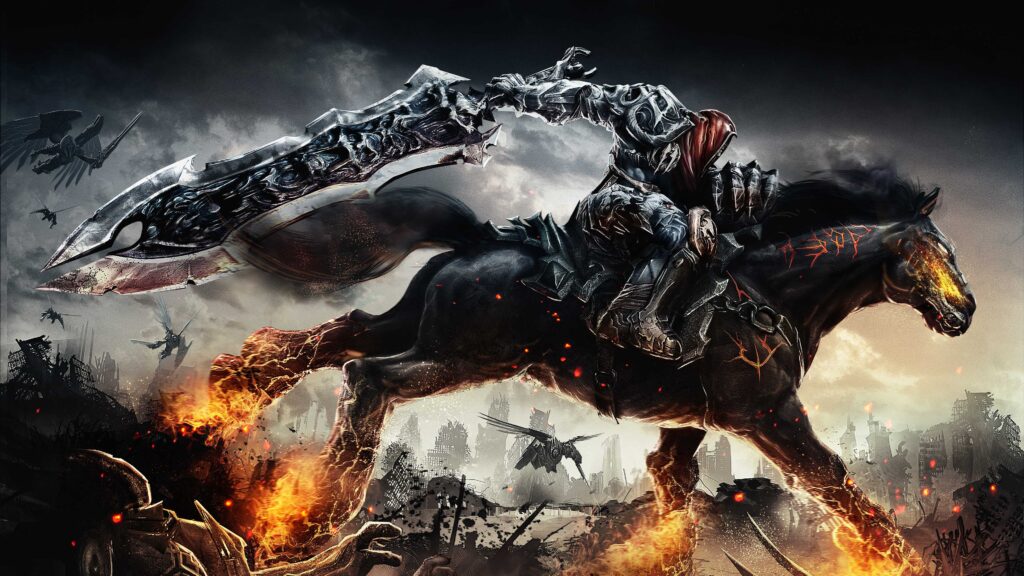
In the realm of gaming, a “A Tale of Two Cities” – themed game presents a rich tapestry of stories that draw from the classic literary work while adding an interactive and immersive dimension. The game stories are crafted to engage players on multiple levels, combining historical context, character – driven narratives, and moral dilemmas.
The Overarching Narrative Framework
The game’s overarching story closely follows the backdrop of the original novel, set against the turbulent times of the French Revolution with London as a counterpoint. Players are thrust into a world where social unrest, political upheaval, and personal tragedies unfold. The narrative begins with the introduction of key characters and the establishment of the two cities’ distinct atmospheres. London, with its more stable, if somewhat stuffy, social order, serves as a contrast to the simmering cauldron of revolution in Paris.
Players take on the role of a central protagonist, perhaps a young, idealistic individual caught in the cross – fire of these historical events. This protagonist’s journey starts with innocent beginnings, such as working in a humble trade in London. However, circumstances soon draw them to Paris, where they become entangled in the revolutionary fervor. Along the way, they encounter the iconic characters from the novel, like Sydney Carton, the brilliant but self – destructive lawyer, and Lucie Manette, the compassionate and resilient woman at the heart of the story.
Character – Driven Storylines
Each character in the game has a deeply – developed storyline that contributes to the overall narrative. Sydney Carton, for example, is presented as a complex figure. His initial appearance may seem like that of a dissipated and cynical man. But as the game progresses, players have the opportunity to uncover the layers of his character. Through side – quests and interactions, they learn about Carton’s unrequited love for Lucie and his internal struggle with his own wasted potential. The player may be tasked with helping Carton in his moments of self – reflection, perhaps by retrieving an item that holds significance from his past or by mediating a conversation between him and another character. This not only enriches Carton’s character but also allows the player to influence his development.
Lucie Manette’s storyline is one of hope and resilience. Players accompany her as she searches for her long – lost father, Doctor Manette, who has been imprisoned in the Bastille for years. The journey involves navigating the treacherous political landscape of Paris, dealing with the suspicions of the revolutionary forces, and maintaining her own sense of humanity in the face of adversity. The player may have to make decisions on her behalf, such as whether to trust a seemingly helpful stranger who could be a spy for the authorities or to join a group of revolutionaries in a risky mission to free other prisoners.
Plot Twists and Moral Dilemmas
The game is rife with plot twists that keep players on the edge of their seats. Just when the player thinks they have the story figured out, a sudden revelation can change everything. For instance, a character who has been presented as an ally may turn out to be a double – agent working for the opposing side. This forces the player to re – evaluate their strategies and allegiances.
Moral dilemmas are also a central part of the game stories. In the context of the French Revolution, players are often faced with decisions that have far – reaching consequences. Should they support the revolutionaries in their fight for freedom and equality, even though it means participating in acts of violence and chaos? Or should they try to maintain a more neutral stance, which may put them at odds with both the revolutionary forces and the established order? These moral choices are not presented as clear – cut rights and wrongs but as complex situations where the player must weigh the potential benefits and harms.
Historical Accuracy and Adaptation
The game stories strive to maintain a high level of historical accuracy while also adapting the source material for a gaming audience. The details of the French Revolution, such as the storming of the Bastille, the rise of the Jacobins, and the Reign of Terror, are depicted in a way that educates players about this significant period in history. However, the game also takes creative liberties to make the story more engaging. For example, the player may have the opportunity to influence the outcome of certain historical events, such as preventing a key figure from being executed or changing the course of a revolutionary battle. This blend of historical fact and fictionalized gameplay allows players to experience the story in a way that is both educational and entertaining.
The game stories in a “A Tale of Two Cities” – themed game offer a deep and immersive experience. From the overarching narrative that weaves together the fates of London and Paris to the individual character – driven storylines, plot twists, moral dilemmas, and the careful balance of historical accuracy and adaptation, every aspect of the story is designed to draw players into this classic literary world and give them a unique, interactive experience. Whether it’s the personal struggles of the characters or the grand historical events unfolding around them, the game stories provide a rich and rewarding journey for players to explore.